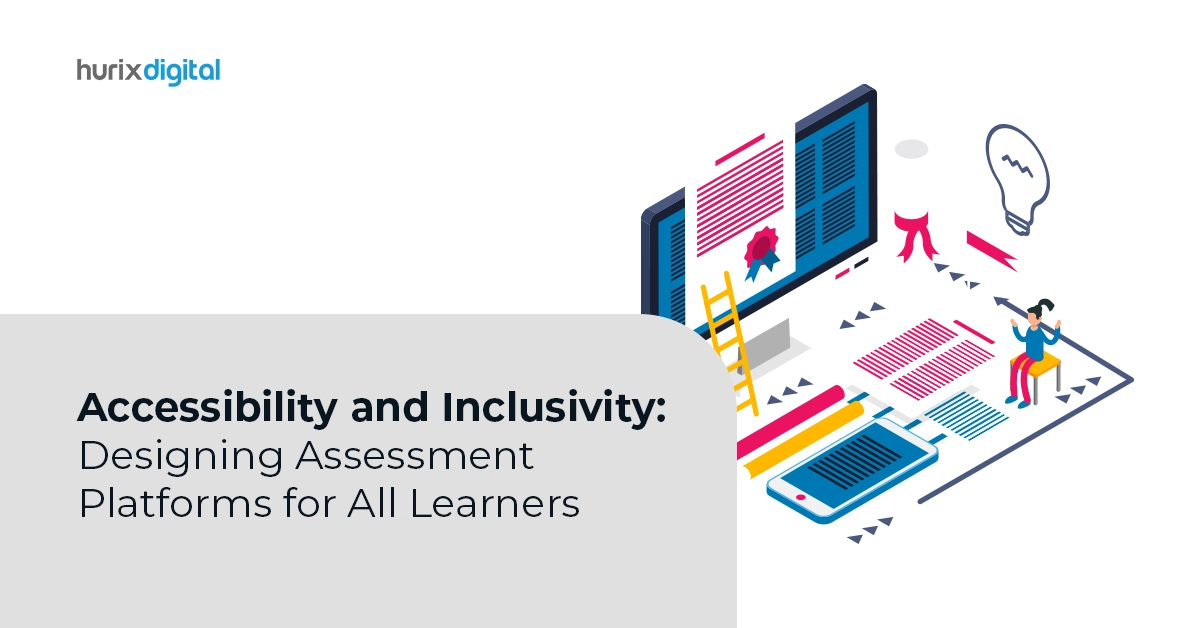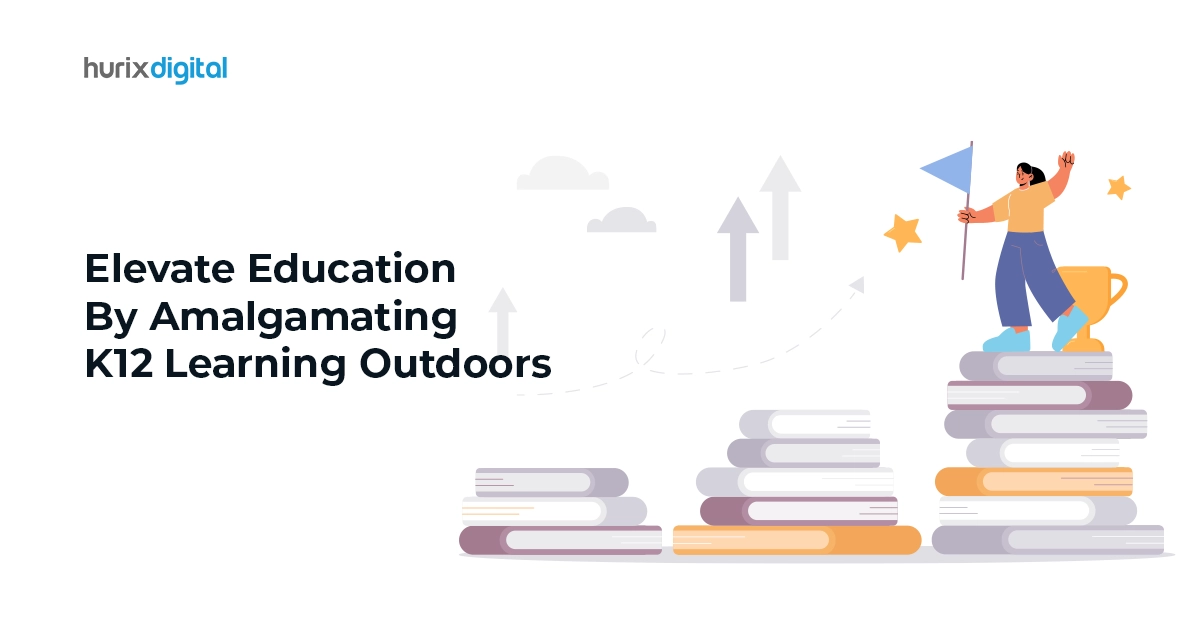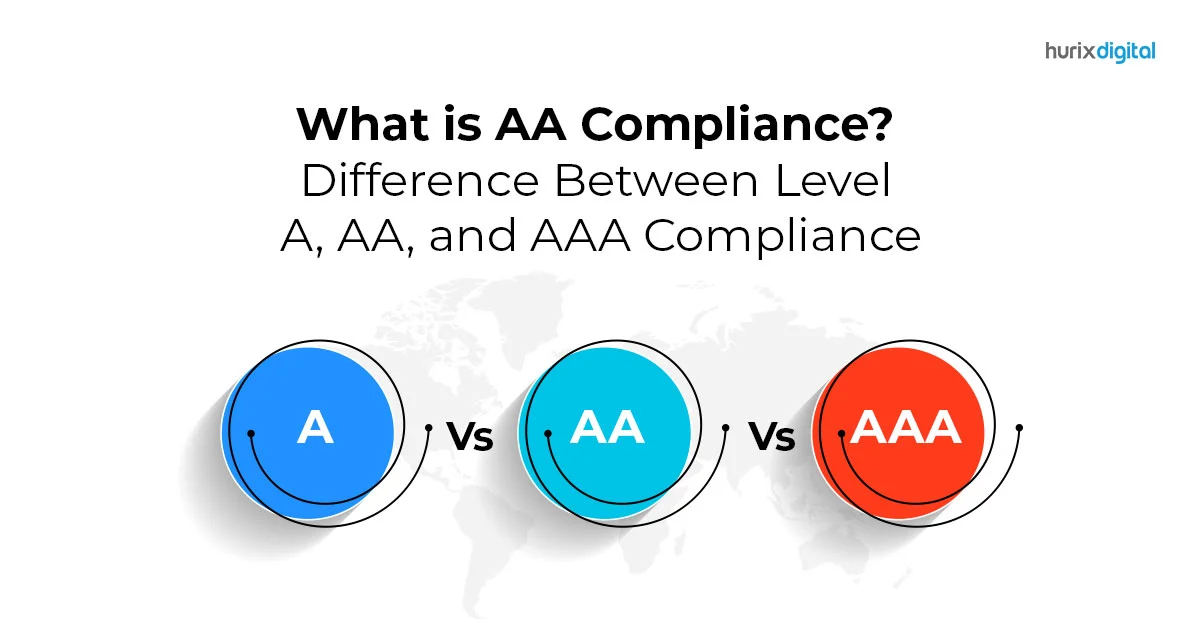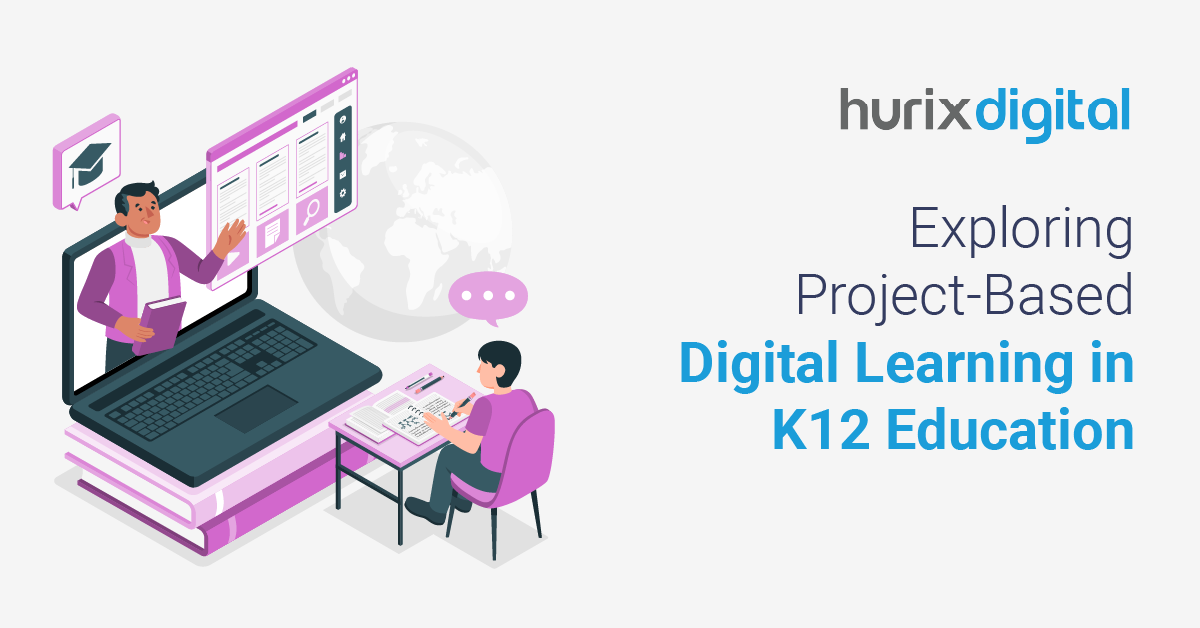
Accessibility and Inclusivity: Designing Assessment Platforms for All Learners
Summary
Explore strategies for designing inclusive assessment platforms. This article provides insights into creating assessments that accommodate diverse learning needs.
In the quickly changing educational scene of today, technology is essential in determining how students learn. It’s critical to make sure that digital assessment systems are inclusive of all learners and accessible as they become more common.
Creating situations where every person, regardless of ability or background, may fully engage and succeed is the essence of accessibility; it goes beyond compliance. Inclusive assessment platforms not only promote equity but also improve everyone’s educational experience in general.
Let’s examine in more detail how important it is to create inclusive and accessible assessment systems.
Table of Contents:
- The Importance of Accessibility and Inclusivity
- Designing Inclusive Assessment Platforms
- Moving Ahead
The Importance of Accessibility and Inclusivity
Accessibility in assessment platforms involves ensuring that individuals with disabilities can perceive, operate, and understand the content provided. This encompasses various aspects, including visual, auditory, motor, and cognitive accessibility.
For instance, providing alternative text for images enables individuals with visual impairments to access content through screen readers, while captions benefit those with hearing impairments.
In the context of K–12 online learning, assessment platforms need to conform to the principles of accessibility and inclusivity. This is emphasized by the fact that in the USA alone, 15% of all learners avail of special education facilities.
Online assessment platforms that empower all learners to exhibit their learning through different tools for testing the depth of knowledge provide educators with better insights into the abilities, strengths, and improvement areas of students.
Eliminating the Feeling of Being Left Out
The majority of contemporary assessment tools for K–12 learners have standardized evaluation methods that cannot capture and reflect the actual potential of students with special needs. This alienates a significant segment of learners who are often asked to take tests in a different location where more time can be allotted.
Sometimes, invigilators call out special students aloud during tests, which makes them the center of attention and sheds light on their disabilities, something that makes such learners feel out of place.
Declaring a specially-abled child a failure in tests, designed for abled students, is like excluding and stigmatizing him or her. It is important to design accessible digital assessment platforms where students using assistive technologies can be fairly evaluated through well-defined success criteria.
Also Read: Accessibility Laws Around the World: A Comprehensive Overview
Designing Inclusive Assessment Platforms
The key to inclusive assessment platform design is to accommodate the needs of differently-abled students digitally and provide personalized evaluation experiences. This process involves multiple phases, as discussed below.
1. Securing Concurrence on Inclusive Assessment Criteria
At the outset, a meeting of all stakeholders and decision-makers should be convened to secure concurrence on the model assessment criteria that can critically evaluate the depth of knowledge of all learners. This should be followed by the formation of an advisory group that can advocate for the changes. Special education teachers must be a part of it.
A student survey can be conducted to learn what learners think about an accessible and inclusive assessment system. These inputs can be shared in focus groups involving disabled students’ parents to gauge if the inclusivity parameters for test design and reports measure up to their expectations.
2. Creating Customized Student Profiles
Once the advisory committee concurs on the characteristics of inclusive assessment platforms that can offer optimized, personalized, and accommodating evaluative experiences, the attributes should be shared with the design team.
At this stage, customized student profiles should be created in the assessment platform. This will help in the development of specialized evaluation modules for students suffering from disabilities like dyscalculia, epilepsy, dyslexia, blindness, deafness, autism, ADHD, color blindness, etc.
The platform will then have customized assessment profiles for students with special needs corresponding to their respective disability profiles. Each profile will document the recognized special needs of individual learners and the kind of accommodations needed.
Once the changes mentioned above are implemented in the platform, inclusive tests in optimized mode can be delivered according to the student’s requirements every time the test is conducted. If the examiner overlooks, erroneously, the need for correction of the settings of the test to match the student’s profile, the assessment platform’s software will spontaneously do the same.
So, if a learner with difficulty in identifying text takes an exam, the software will scan his profile and enlarge the text of the exam paper without any manual intervention.
3. Incorporating Features Conforming to Web Content Accessibility Guidelines
The Web Content Accessibility Guidelines set down the features that must be present in a fully inclusive digital assessment platform. Some of the key features that must be integrated into the platform’s design to render it accessible to all have been discussed below.
- Provision for additional time: The amount of extra time that a student needs to satisfactorily complete the assessment can be customized by the educator.
- Changing the font of questions: The size of the assessment’s font can be adjusted to ensure that students can read the questions easily and understand them clearly.
- Changing the color scheme: The assessment’s color scheme can be adjusted to facilitate ease of reading and understanding for color-blind students, particularly.
- Manipulating the screen content: The learners can magnify the content of the assessment paper by zooming in on specific areas to ensure that they can properly see the text or image.
- Offering questions in different languages: The interface of the assessment platform should be multi-lingual to ensure that learners can read the questions and answers in languages they are comfortable interacting in.
- Translating the primary language: If the test-taker is not able to understand the intricacies of the questions in the primary language of the platform, a provision is made for translating them to different languages from within the test interface itself.
- Transcribing for ease of comprehension: The interface facilitates video and audio transcripts for test items to help learners with visual or auditory impairments process the information quickly and accurately.
- Providing for ‘Text-To-Speech’ and ‘Speech-To-Text’ features: The ‘Speech-To-Text’ feature will help students record and submit their answers to questions in verbal mode. The ‘Text-to-Speech’ attribute facilitates students to hear parts of the exam paper loudly.
The presence of these appropriate tools within the assessment platform’s testing interface ensures that the innate difficulty of a learner doesn’t adversely impact his test score.
4. Training Educators in Inclusiveness
The benefits of an inclusive assessment platform can be fully realized only if educators are comprehensively trained in inclusivity. Training, workshops, and professional development classes should be held at regular intervals to discuss inclusivity by design in depth.
Educators should be enlightened about the need to cater to the varying needs of learners and how they can be empowered daily by incorporating inclusivity in teaching and assessments.
Also Read: How to Improve Accessibility in Healthcare Setting?
Moving Ahead
The design of inclusive and accessible assessment platforms, particularly for K–12 education, has become the need of the hour. Such platforms materialize the essence of equality in education in the true spirit by offering equal opportunities for all students, irrespective of their disabilities or special needs, to get their talents and skills assessed fairly.
Hurix Digital excels in designing inclusive assessment platforms with computer-based testing that hinges on tailored student profiles, adaptive examination features, accessibility scoring reports, and other digital aids that promote inclusivity. We collaborate with leading educational and testing institutes to design bespoke assessment platforms that cater to all students and offer them the chance to excel.
Contact us with your needs for a comprehensive, inclusive, and accessible digital assessment platform and get it delivered swiftly.

Senior Vice President – Business Development
Over 25 years of experience in the edtech and workforce learning industry with strong skills in Business Development, Customer Relationship Management (CRM) and Strategy.







